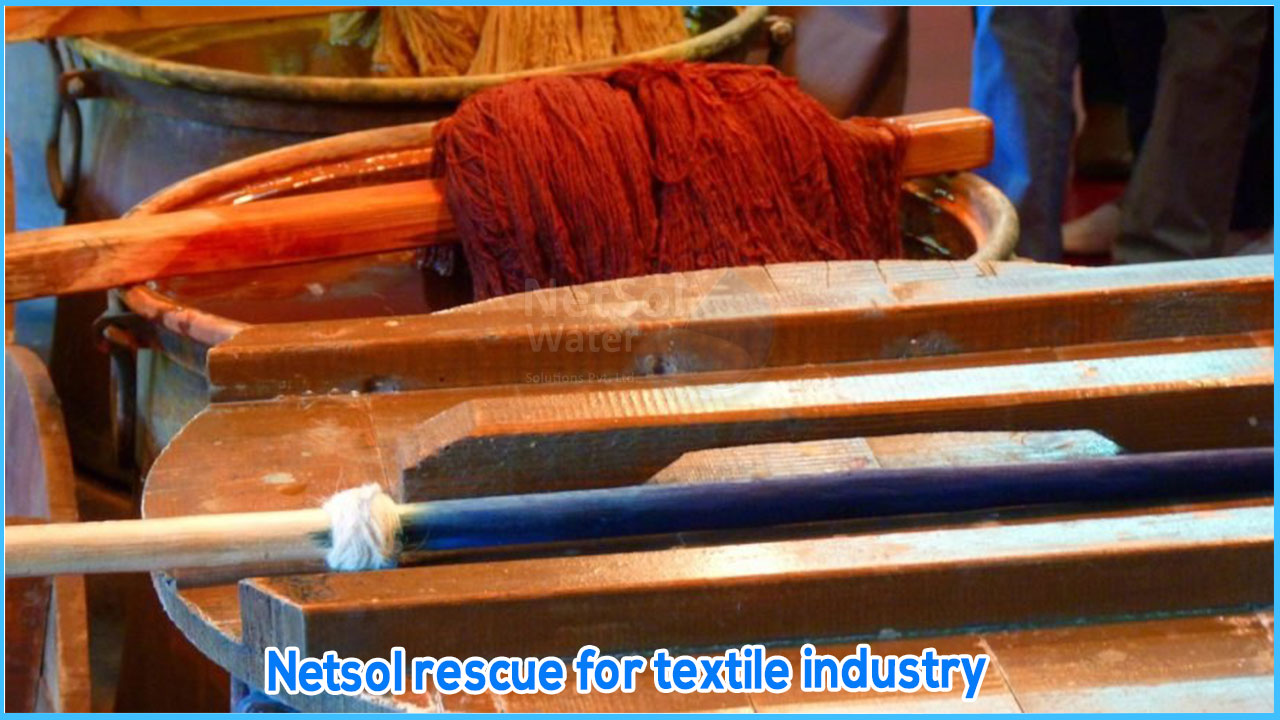WHAT IS TEXTILE INDUSTRY?
The textile industry is primarily devoted to the development, manufacture, and distribution of yarn and clothing. The raw material can be natural or synthetic, utilising chemical industry products.
IMPACT OF COVID-19 UPON TEXTILE INDUSTRY
The global textile industry has been severely impacted by the COVID-19 pandemic. During the lockdown, only electricity and raw material expenses were not incurred because no production was taking place, but the remainder of all expenses were a direct loss to the industry owners. And now that the lockdown has been lifted, the textile industry is hoping to resume production as soon as possible. However, current orders continue to be down by more than 40% on a global scale, according to a recent survey by the International Textile Manufacturers Federation (ITMF). As a result, their journey will undoubtedly be bumpy and difficult.
According to a study by the International Labour Organization (ILO), 54% of the factories overviewed expect a 20% dip in sales in 2020. And it may take at least 4-6 months, if not longer, for them to restore normalcy to the business. As a result, we at NETSOL WATER have been extending a helping hand to the textile industry from the start in order to assist them in getting back on their feet to contribute to safe water.
ADVANCED TREATMENT METHODS
- 1. ABSORPTION: This process aids in the removal of colour, pesticides, phenols, cyanides, organic dyes, and other soluble organic pollutants from effluent that cannot be treated using conventional methods.
- 2. ION EXCHANGE: This procedure aids in the removal of inorganic salts as well as some organic anionic components such as phenol. Ion exchange materials are capable of exchanging soluble ions and cations with electrolyte solutions.
- 3. MEMBRANE FILTRATION: This method employs two membrane-based filtration techniques: reverse osmosis and nano-filtration.
THE PROCESS OF TEXTILE INDUSTRY WATER TREATMENT
The textile industry has 3 stages of recycling wastewater:
PRIMARY TREATMENT: The first step in wastewater treatment in the textile industry is to mix and equalise the wastewater streams that are discharged at different times and intervals from different stages in the processes.
SECONDARY TREATMENT: The wastewater is processed through a clari-flocculator and settling tank at this stage. This physio-chemical treatment is followed by a biological treatment, which reduces BOD and COD values even further.
TERTIARY TREATMENT: This phase entails removing residual organic colour compounds through adsorption and dissolved solids through membrane filtration. To destroy the contaminants, the wastewater is treated with ozone or other oxidising agents.
BENEFITS
- 1. Because of the lockdown, the majority of shipments for many textile industries were halted. However, now that the lockdown has been lifted, they are resuming deliveries of their shipment and looking forward to producing more stock. As a result, we provide ready-to-use wastewater treatment equipment.
- 2. We wanted to lighten the burden on the industry owners, who are already feeling the effects of the financial crisis.
- 3. As soon as the textile industry resumes production, we can begin the mobilisation process to ensure a minimal time lag for wastewater management.
- 4. And the textile industry can take advantage of all of these advantages through simple and flexible many options.
TEXTILE INDUSTRY NEEDS NETSOL WATER SOLUTIONS
The amount of water retained and used in the textile industry is enormous, ranging from raw material cleaning to flushing steps in the manufacturing process. And these processes generate wastewater, which must be filtered to remove fat, oil, colour, and other chemicals before it can be reused at various stages of production.Every business produces different types of wastewater, and the treatment of textile wastewater must be done on a large scale due to the numerous steps involved.




